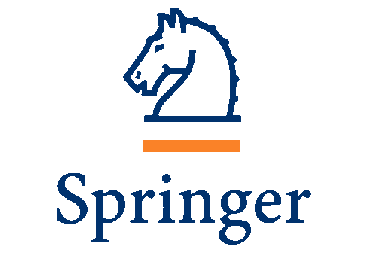Conservation Law
Theory
The conservation laws, i.e., mass, momentum, or energy, define the way that how a physical process of a conservation nature is formulated with a PDE(s). Conservation, in fact, accounts for a major part of physical processes that we encounter in multiphysics, including heat transfer. The derivation of the PDE for conservation problems starts from the global or integral balance laws as the following equation: \[\frac{d}{dt} \int _{\Omega }u dx+\oint _{\partial \Omega }J \cdot ndx=\int _{\Omega }q dx,\] where $\Omega $ corresponds to the REV in continuum mechanics, $u$ is the generic conserved quantity defined by unit mass, $x$ is the coordinate vector, $J$ is the flux of this conserved quantity, and $q$ is the source term. $\Omega $ is a more general representation of the computational domain. Material points occupying $\Omega \left(0\right)$ may move under the influence of inertia and applied loads, so that at any time $t$ they may occupy a volume $\Omega \left(t\right)$ which is different from $\Omega \left(0\right)$. The function $\Omega \left(t\right)$ is a material volume which is defined by a set of material points rather than by any explicit spatial coordinates. After applying the Gauss theorem, Reynolds transport theorem, and duBois-Reymond Lemma theorem [Allen, 1988], we can obtain the local balance equation: \[\frac{\partial u}{\partial t} +\nabla \cdot \left(uv\right)+\nabla \cdot J=q,\] where the flux, $J$, can be induced by different mechanisms such as diffusion, dispersion, electromagnetic field and so on. This flux term can be formulated as, \[J=f\left(t,x,u,\nabla u\right)=-K\nabla u-D\nabla u+....\] By substituting this flux term into the local balance equation, we then obtain the general conservation equation for transport phenomena. More mechanisms responsible for flux across the boundary can be added by extending the flux term: \[\underbrace{\frac{\partial u}{\partial t} }_{{\rm Accumulation}}\underbrace{+\nabla \cdot \left(uv\right)}_{{\rm Advection}}\underbrace{-\nabla \cdot \left(K\nabla u\right)}_{{\rm Diffusion\; }\left({\rm Conduction}\right)}\underbrace{-\nabla \cdot \left(D\nabla u\right)}_{{\rm Dispersion}}=\underbrace{q}_{{\rm Source}}\] The conservation equation states that the accumulation of conserved quantity is balanced with the conserved quantity advected into the control volume via mobile phases, diffused directly as diffusion and indirectly as dispersion [Deen, 1998] into the control volume via the aqueous and gas phases, plus the mass generation associated with sources.












